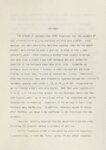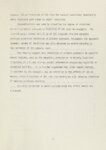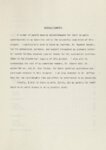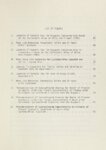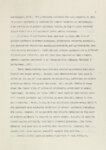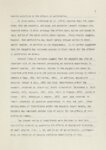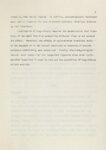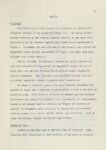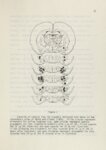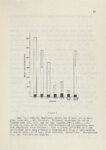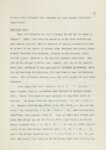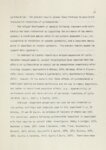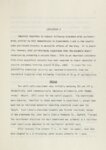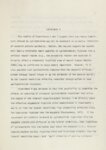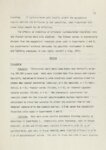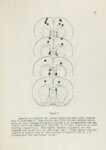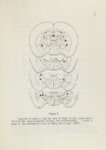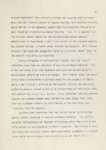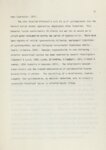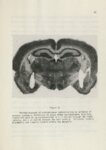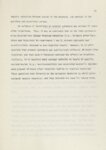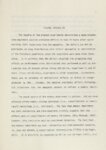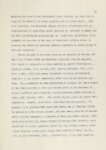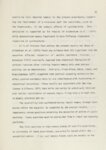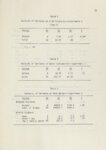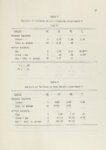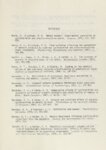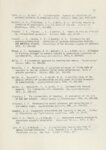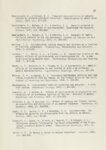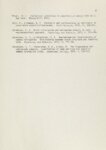| Description |
The effects of cycloheximide (CHX) injections into the amygdala of rats on retention of passive avoidance training were studied. Water deprived rats with chronically implanted cannulas aimed for the medial amygdala were trained to enter a goal-box in order to lick a tube containing water. After reaching a predetermined latency criterion, rats were given a single 3 sec 3 rnA footshock and were tested for retention of the footshock experience 24 hr later. Retention was evaluated as an increase in latency to enter the goal-box and begin licking the water tube, relative to pretreatment latency. Immediately after the footshock, rats were bilaterally injected through the chronically implanted cannulas with either 1, 10, or 20 ug of CHX. Unoperated and saline injected animals were also tested. Rats that were injected with 10 or 20 ug of CHX exhibited amnesia for the footshock, while rats that were injected with 1 ug of CHX did not differ from unoperated and saline injected rats in retention. Injections of CHX delayed 12 hours after footshock were ineffective. In addition, retention tested 30 minutes after footshock was shown to be unaffected by CHX injections into the amygdala. Electrical activity recorded from the amygdaloid injection sites following CHX injection showed no evidence of seizures. Similar injections of CHX 2.0 mm above the effective amygdaloid injection sites, or into the frontal cortex did not affect retention. However, 20 ug injections of CHX into the lateral ventricles immediately after footshock were shown to impair retention. Autoradiography was used to visualize the region of inhibited protein synthesis produced by injection of CHX into the amygdala. The autoradiograms showed that 20 ug of CHX injected into the amygdala produced extensive inhibition of protein synthesis throughout the" amygdala. However, spread of inhibition was also observed to extend dorsally up the perimeter of the cannula track. The results suggest that inhibition of protein synthesis in specific neural regions, such as the amygdala, produced by relatively localized injections of CHX, may disrupt normal information processing resulting in retention deficits. It is further suggested that other neural regions, in addition to the amygdala, may be sensitive to the effects of CHX on memory, since injections of CHX into the ventricles also impaired retention of passive avoidance training. Possible mechanisms by which cycloheximide may affect memory are discussed. |



